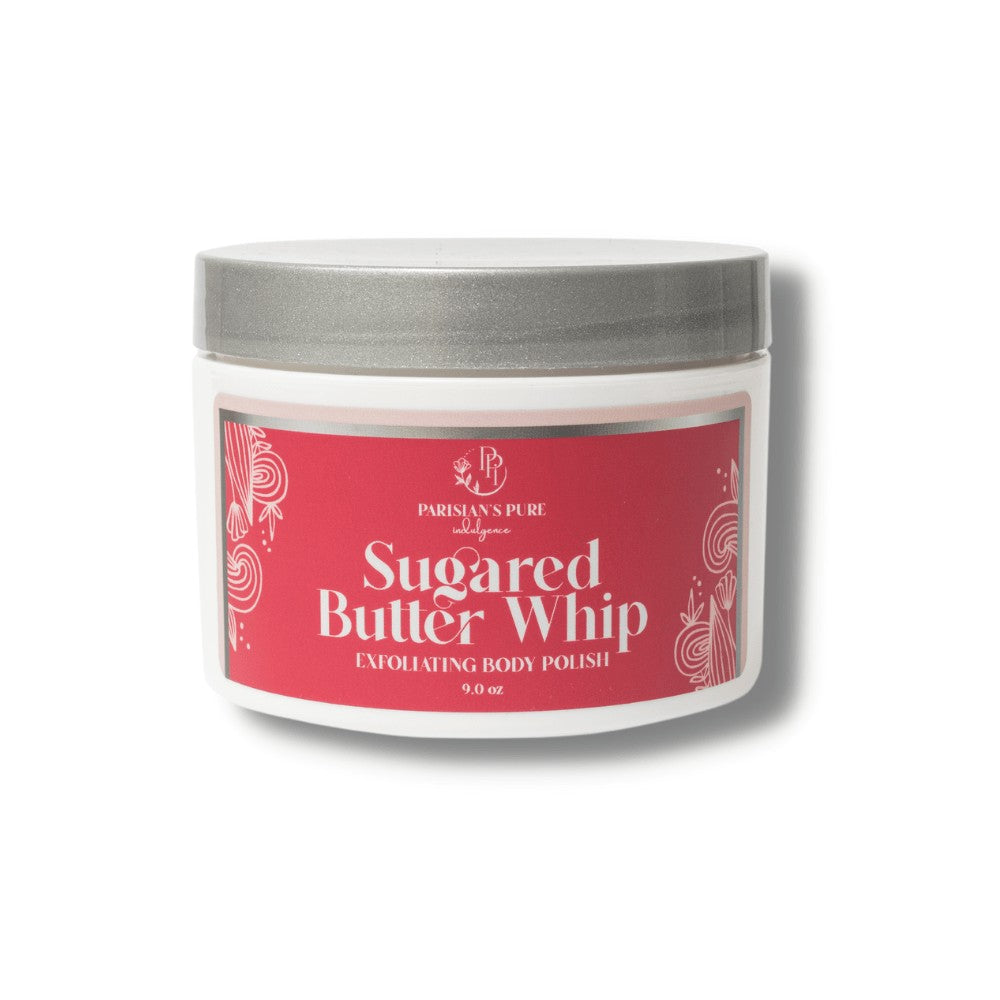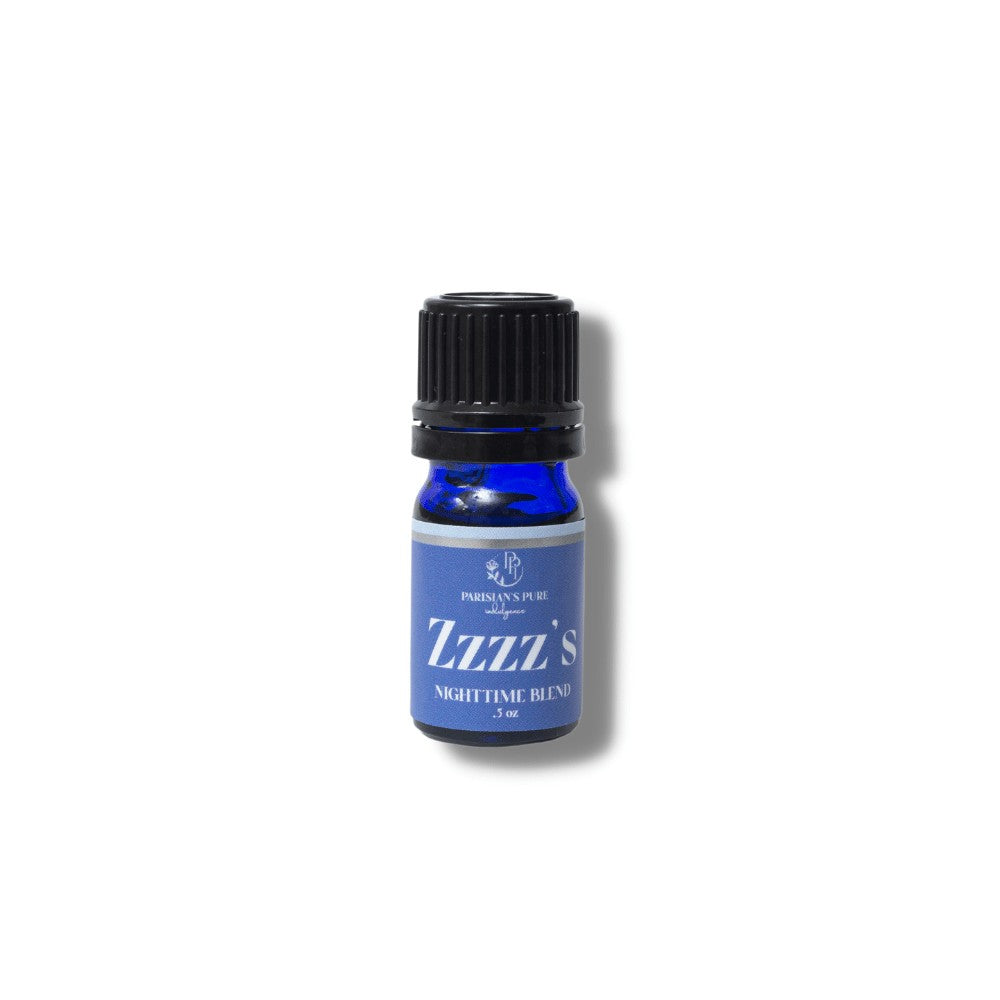Age Spots or Skin Cancer?
One morning you look in the mirror and discover a red scaly patch on your forehead. If you're like most of us, you'll put on a little extra moisturizer and hope it goes away. But, what if it doesn't?
Red patches can just be dry skin, sun damage, or they can be something else.
Assess your risk. Does skin cancer run in your family? Are you fair-haired and light-skinned?
Did the red spot just pop up or have you been watching it change?
When should I see a doctor?
Red patches or age spots don't usually require medical attention. But, it's best to have any new skin change evaluated by a doctor. As a rule of thumb if in doubt, have it checked out.
- Very dark or black
- Is increasing in size
- Has an irregular border
- Has an unusual combination of colors (light brown with a dark side or center)
- Bleeds
What does a cancerous sun spot look like?
If you're over 50, spots appear on the skin most often exposed to the sun. The face, hands, neck, scalp, etc. These spots are known as actinic lentigines, commonly referred to as age spots, liver spots, or sun spots. These small, brown-gray spots aren't necessarily skin cancer.

How to treat age spots
Once you do develop these unsightly spots it's time to get proactive about getting rid of them.
A dermatologist may suggest these procedures:
- Microdermabrasion - a non-invasive treatment involving deep exfoliating of the skin.
- Cryotherapy involves removing the spots with liquid nitrogen.
- A chemical peel involves applying a very strong chemical solution to the skin for a deep exfoliation (downtime is 10-14 days).
- Laser surgery is a focused beam of light that's broken into a multitude of pinpoints to deliver heat into the skin. It vaporizes the dark skin cells. More than one session is typically needed for best results.
Treating Age Spots less invasively
These are key ingredients known to help reduce the appearance of sun damage (spots). Look for products with these hero ingredients.

Niacinamide (a form of vitamin B3) - Safely effective for lightening dark spots and melasma. Read this study.
Vitamin C -Topical vitamin C is a science-backed favorite that may help slow early skin aging, improving the appearance of wrinkles and dark spots and preventing sun damage.
Platinum High Potency Vitamin C Serumboasts 20% Vitamin C and 3% Hyaluronic Acid, and Niacinamide.
The primary benefit of hyaluronic acid is that it helps lock in hydration. Vitamin C is a star ingredient for overall skin health
Vitamin C and Hyaluronic together have perfect-aging properties that protect against skin damage, resulting in smoother, brighter skin.
 Shiittake Mushrooms (dense presence of kojic acid) - Kojic acid is a hero ingredient when it comes to reducing the appearance of age spots. It's far less invasive than hydroquinone with far fewer side effects.
Shiittake Mushrooms (dense presence of kojic acid) - Kojic acid is a hero ingredient when it comes to reducing the appearance of age spots. It's far less invasive than hydroquinone with far fewer side effects.
Resveratrol -Whenever you see redness or spots, reach for a product spiked with resveratrol. Not only is it a potent antioxidant, but it holds numerous properties that make it a go-to for wrinkles, age spots, and lack of hydration.
How to prevent age spots
Taking precautions while you are still young is the best prevention to avoid getting age spots as you age.
1. Avoid being out in the sun between the hours of 10:00-4:00 without sunscreen of at least SPF30.
2. Be sure your sunscreen has broad-spectrum protection and is water-resistant. Be sure to reapply every 90 minutes too.
3. Always wear a hat and protective clothing. Look for clothing labeled with an ultraviolet protection factor (UPF) of 40 to 50 to get the most protection.
4. Begin using skincare products with ingredients such as Vitamin C while you are still young. Vitamin C, a strong antioxidant, is like a secondary line of protection against any free radicals that bypass your sunscreen.
How much sun is too much? https://www.ncbi.nlm.nih.gov/books/NBK321117/
Niacinamide Mechanisms of action and topical use us https://pubmed.ncbi.nlm.nih.gov/24993939/











